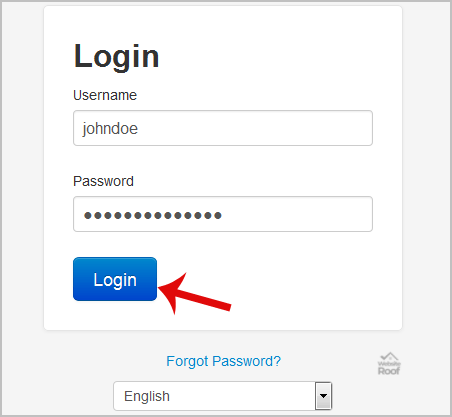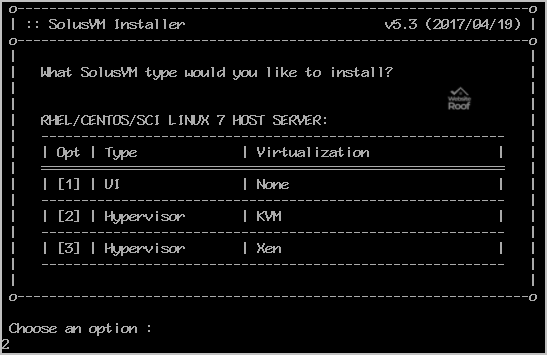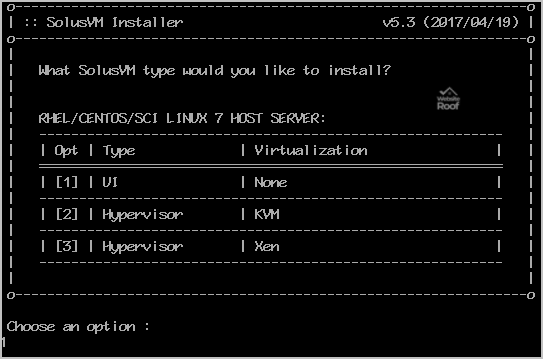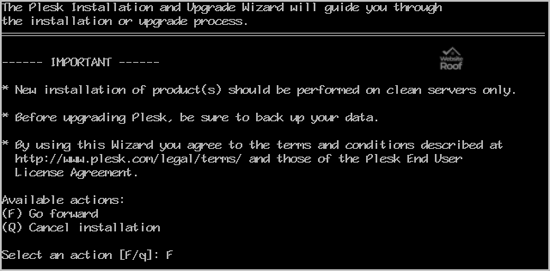If you can access your SolusVM VPS control panel, you can easily change your SolusVM password. We recommend you change the password every few months or use a secure password. 1. log in to your SolusVM Control Panel. 2. If you have multiple VPS, select the appropriate one. 3. In the Top Bar Menu, click on “My […]
Read More »
After you received your VPS login details you can find a VPS Login URL, username and password in your welcome email. SolusVM Login details example: Control Panel URL: https://cp.example.com or IP Address. Username: vmuser123 or johndoe Password: example How to login to SolusVM Control Panel? 1. Open VPS Control Panel. 2. Enter your SolusVM username in the username field. 3. Enter […]
Read More »
If you generated your Certificate Signing Request (CSR) from cPanel and forgot your CSR then you can retrieve your CSR. Only follow this tutorial if a CSR was generated from cPanel. 1. Log into your cPanel account. 2. In the “Security” section, click on the “SSL/TLS” Icon. 3. Under the Certificate Signing Request, click […]
Read More »
BoxTrapper requires all email senders who are not on your whitelist to reply to a verification email before you receive their mail. This protects your inbox from spam. If you want to get rid of unwanted emails then you can enable this on all your emails or only on selected emails and you need to […]
Read More »
The SolusVM is a popular VPS hosting control panel and the SolusVM Slave is installed on a dedicated server for creating VPSs on that server. What are the requirements? – Fresh CentOS 7, installed on your VPS/Server. How to install SolusVM Master? Step 1: Log in to SSH as a root account and run these 2 […]
Read More »
SolusVM is a popular VPS hosting control panel and SolusVM master is used for controlling Slave node(Servers) and managing VPSs. What are the requirements? – Fresh CentOS 7, installed on your VPS/Server. How to install SolusVM Master? Step 1: Log in to SSH as a root account and run these 2 commands: wget https://files.soluslabs.com/install.sh sh install. […]
Read More »
Webmin is a free hosting control panel with an easy installation. It takes only 5 to 10 minutes and the configuration is also simple. What are the requirements? – Fresh CentOS 7, installed on your VPS/Server. How to install Webmin? Step 1: First you will need to login to SSH Client using your root account. Then […]
Read More »
DirectAdmin(DA) is a Commercial Hosting Control Panel and is used for selling shared and reseller hosting accounts. We are going to install DirectAdmin on CentOS 7. What are the requirements? – Fresh CentOS 7, installed on your VPS/Server. How to install DirectAdmin? Step 1: The first step is to log in to your root account […]
Read More »
Plesk is a popular website control panel and it makes managing your website easy. Although it is easy to install, going through our tutorial will be very helpful and most likely save your time. Before proceeding with the installation, we recommended that you use the correct hostname. What are the requirements? – Fresh CentOS 7, […]
Read More »







